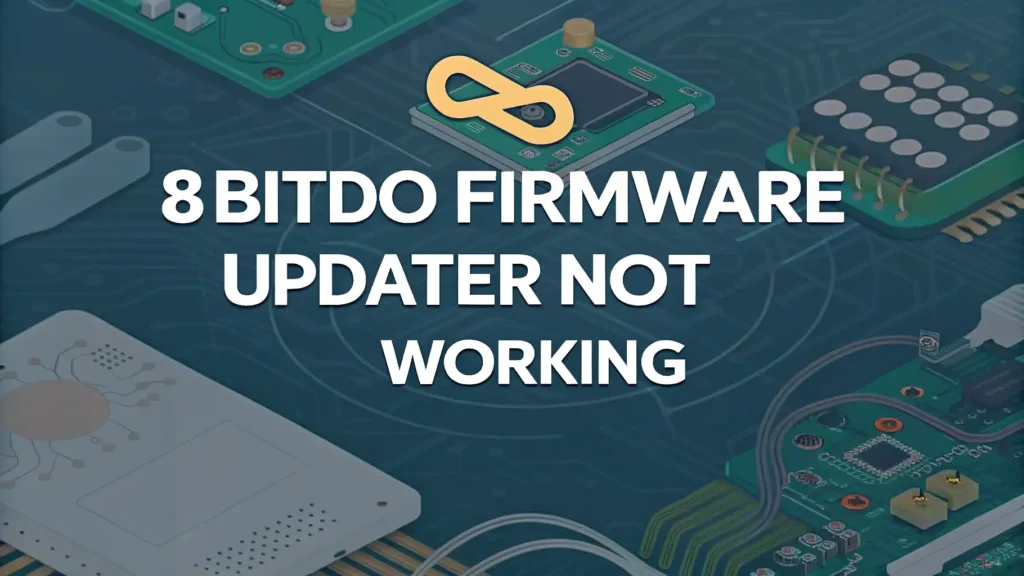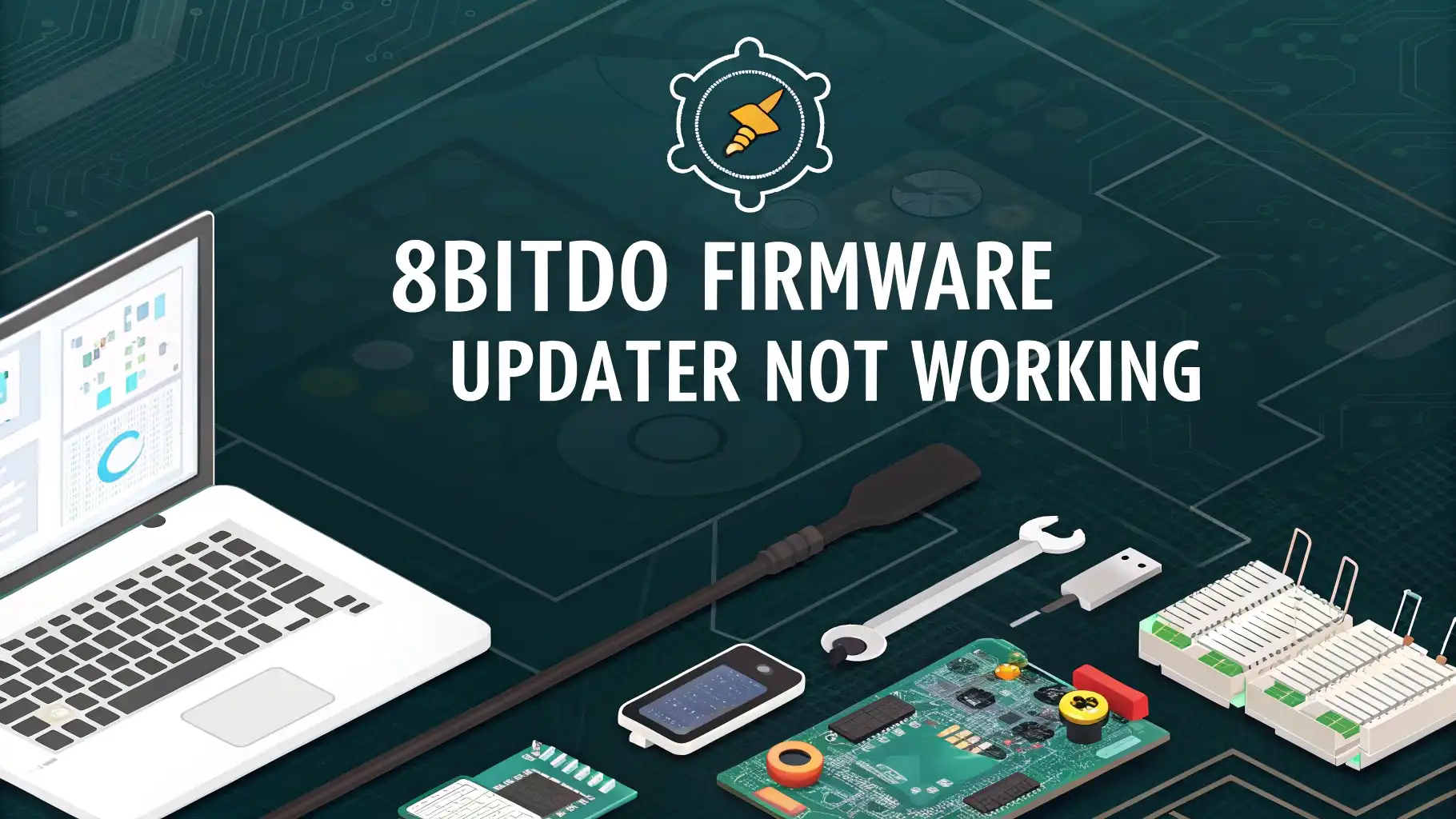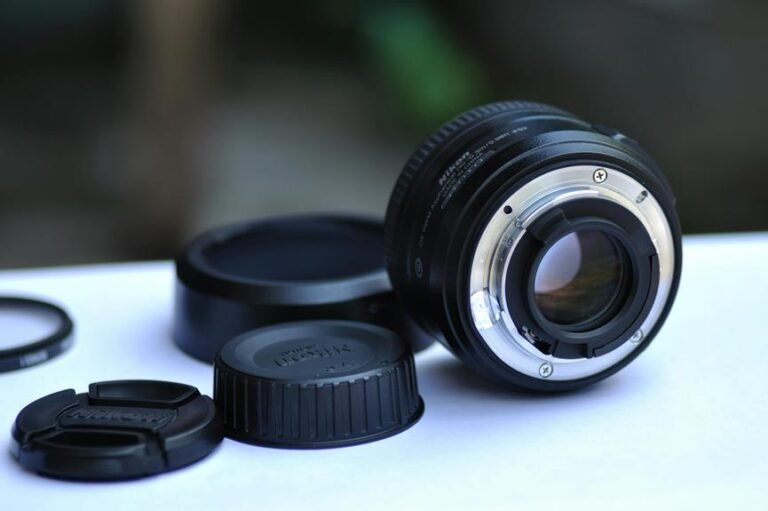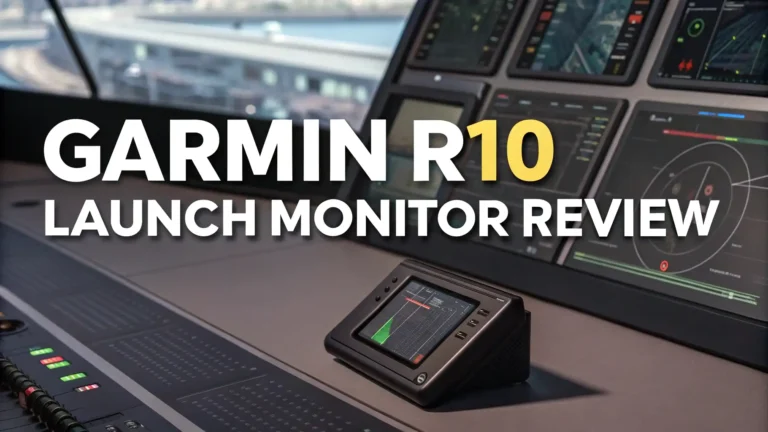8BitDo Firmware Updater Not Working: Fixing Guide
8BitDo controllers are popular gaming accessories that require regular firmware updates to maintain optimal performance. Many users encounter frustrating situations when their 8BitDo firmware updater refuses to work properly, leaving their controllers unable to receive crucial updates.
This comprehensive guide addresses the most common problems users face with the 8BitDo firmware updater. Whether your controller fails to connect, the updater crashes unexpectedly, or you receive error messages during the update process, this article provides proven solutions to get your firmware updater working again.
The firmware update process should be straightforward, but technical issues can turn it into a nightmare. Understanding the root causes and having step-by-step solutions at your disposal can save hours of troubleshooting time.

Key Takeaways
Before diving into detailed solutions, here are the most important points to remember when dealing with 8BitDo firmware updater issues:
- Use the correct USB cable that came with your controller, as third-party cables often cause detection problems and update failures
- Install the latest version of the 8BitDo firmware updater software from the official website to avoid compatibility issues
- Put your controller in update mode by holding the proper button combination before connecting it to your computer
- Check your operating system compatibility as some older versions of Windows or macOS may not support the latest firmware updater
- Disable antivirus software temporarily during the update process, as security programs often interfere with firmware installation
Controller Detection Problems
Detection issues rank among the most common problems users encounter with the 8BitDo firmware updater. Your computer may fail to recognize the controller when you connect it via USB cable.
The primary culprit is usually the USB cable itself. Many users assume any USB cable will work, but 8BitDo controllers require specific data transfer capabilities that basic charging cables lack. The original cable that came with your controller includes the necessary data pins for communication.
Third-party cables often lack proper data connectivity, even if they appear identical to the original. These cables can charge your controller but cannot establish the data connection required for firmware updates. Always try the original USB cable first before exploring other solutions.
Driver conflicts can also prevent detection. Windows may install generic drivers that interfere with the firmware updater. To resolve this, uninstall any existing controller drivers through Device Manager, then reconnect your controller while the firmware updater is running.
Port-related issues sometimes cause detection failures. Try connecting your controller to different USB ports, preferably USB 2.0 ports rather than USB 3.0, as some controllers have better compatibility with older USB standards.
Software Installation Issues
Software installation problems can prevent the firmware updater from launching or functioning correctly. These issues often stem from incomplete downloads, corrupted installation files, or insufficient system permissions.
Always download the firmware updater directly from the official 8BitDo support website. Third-party websites may host outdated or modified versions that create compatibility problems. The official updater receives regular updates to support new controller models and fix known bugs.
Administrator privileges are essential for proper installation and operation. Right-click the installer and select “Run as Administrator” on Windows systems. This ensures the software can access necessary system directories and install required drivers.
Antivirus software frequently interferes with firmware updater installation. These security programs may flag the updater as potentially unwanted software due to its low-level hardware access requirements. Temporarily disable your antivirus during installation, then add the firmware updater to your antivirus whitelist.
Incomplete installations can leave the updater in a broken state. If you encounter problems, completely uninstall the firmware updater, restart your computer, then perform a fresh installation. This process clears any corrupted registry entries or configuration files.
USB Connection Errors
USB connection errors manifest in various ways, from complete connection failures to intermittent disconnections during the update process. Understanding these connection problems helps identify appropriate solutions.
USB power delivery issues can cause connection instability. Some computer USB ports may not provide sufficient power for the controller during firmware updates. Connect your controller to a powered USB hub or try different USB ports on your computer.
Cable quality significantly impacts connection reliability. Damaged cables with internal wire breaks can cause intermittent connections that appear to work initially but fail during data transfer. Inspect your USB cable for visible damage, kinks, or wear at the connector ends.
Windows USB driver conflicts create connection problems for many users. The operating system may install incorrect or generic drivers that prevent proper communication. Update your USB drivers through Device Manager or download the latest chipset drivers from your motherboard manufacturer.
Background software can interfere with USB connections. Gaming software, RGB lighting control programs, and other hardware management tools may conflict with the firmware updater. Close unnecessary background applications before attempting firmware updates.
Windows Compatibility Problems
Windows compatibility issues affect users across different operating system versions, from Windows 7 to the latest Windows 11 builds. Each Windows version handles hardware communication differently, creating unique challenges.
Windows 10 and 11 users often encounter driver signing enforcement issues. These operating systems require digitally signed drivers, and older firmware updater versions may include unsigned drivers. Download the latest firmware updater that includes properly signed drivers for modern Windows versions.
Windows 7 and 8 users face different challenges, primarily related to missing system components. These older operating systems may lack necessary Visual C++ redistributables or .NET Framework versions required by modern firmware updaters.
User Account Control settings can prevent the firmware updater from accessing hardware properly. Adjust UAC settings to a lower level temporarily, or ensure you always run the firmware updater with administrator privileges.
Windows Defender and other built-in security features may block firmware updater operations. Add exceptions for the firmware updater in Windows Defender and disable real-time protection temporarily during updates.
Mac Operating System Issues
Mac users face unique challenges when using the 8BitDo firmware updater, primarily related to security restrictions and hardware access permissions in macOS.
macOS Gatekeeper frequently blocks the firmware updater from running, especially if downloaded from sources other than the App Store. Allow the application through Gatekeeper by going to System Preferences, Security & Privacy, and clicking “Allow” when prompted.
System Integrity Protection (SIP) in newer macOS versions can interfere with low-level hardware access required for firmware updates. While disabling SIP entirely is not recommended, temporarily allowing the firmware updater through system security settings often resolves the issue.
USB-C port compatibility on newer Mac models can cause detection problems. Some users report better success using USB-A to USB-C adapters rather than direct USB-C connections, particularly with MacBook Pro models.
macOS permission prompts may appear during the firmware update process. Grant all requested permissions for hardware access, even if they seem unrelated to your controller. The firmware updater requires broad system access to communicate with connected devices.
Controller Mode Configuration
Incorrect controller mode settings can prevent successful firmware updates, as the updater expects the controller to be in a specific state for communication.
Update mode activation requires precise button combinations that vary by controller model. For most 8BitDo controllers, hold L + R + Start while connecting the USB cable. The controller LED should indicate update mode with a specific pattern or color.
Button combination timing is crucial for entering update mode successfully. Press and hold the buttons before connecting the USB cable, maintain the hold for several seconds after connection, then release. Premature release may prevent proper mode activation.
Controller power state affects update mode entry. Ensure your controller has sufficient battery charge before attempting firmware updates. Low battery levels can cause unstable connections and update failures.
Multiple controller interference can occur if you have several 8BitDo controllers nearby. Turn off or disconnect other controllers before updating to prevent communication conflicts.
Firmware File Corruption
Corrupted firmware files lead to update failures and potentially damaged controllers. Understanding how to identify and resolve corruption issues protects your hardware investment.
Internet connection interruptions during firmware downloads can corrupt the update files. Verify your internet connection stability before downloading firmware updates, and avoid starting downloads during peak usage times when your connection may be unstable.
File integrity verification helps identify corrupted downloads. Some firmware updater versions include built-in checksum verification that alerts you to corrupted files. If available, always use this verification feature.
Manual firmware file downloads may be necessary if the automatic download feature fails repeatedly. Visit the official 8BitDo support website and download firmware files directly for manual installation through the updater’s advanced mode.
Storage drive errors can corrupt firmware files after successful downloads. Run disk error checking on your computer to identify and repair file system problems that might affect firmware file integrity.
Network and Internet Connection
Network connectivity problems prevent the firmware updater from downloading the latest firmware versions, leaving users unable to complete updates.
Firewall restrictions commonly block the firmware updater from accessing 8BitDo servers. Configure your firewall to allow the firmware updater through, or temporarily disable the firewall during update checks and downloads.
Corporate network restrictions in office environments often block gaming-related software communications. Use a personal hotspot or home network connection when updating firmware in restrictive network environments.
DNS resolution problems can prevent the updater from reaching 8BitDo servers even with active internet connections. Change your DNS settings to public DNS servers like Google (8.8.8.8) or Cloudflare (1.1.1.1) to resolve connectivity issues.
Proxy server configurations in some networks interfere with direct server communication. Bypass proxy settings for the firmware updater or configure proxy exceptions for 8BitDo domains.
Advanced Troubleshooting Methods
Advanced troubleshooting techniques address persistent problems that standard solutions cannot resolve, requiring deeper system-level interventions.
Device Manager manipulation can resolve stubborn driver conflicts. Uninstall all HID-compliant game controller entries in Device Manager, restart your computer, then reconnect your controller. This forces Windows to reinstall drivers from scratch.
Registry cleaning may be necessary for users who have installed multiple versions of the firmware updater. Use registry cleaning tools cautiously to remove orphaned entries from previous installations that might conflict with current versions.
System file integrity checks can identify and repair corrupted Windows files that interfere with hardware communication. Run SFC /scannow in an administrator command prompt to scan and repair system files.
Clean boot environments eliminate software conflicts by starting Windows with minimal services and startup programs. Configure a clean boot before attempting firmware updates to identify whether background software causes the problems.
Prevention and Maintenance Tips
Preventive measures reduce the likelihood of encountering firmware updater problems and ensure smoother update processes in the future.
Regular software updates keep the firmware updater current with the latest bug fixes and compatibility improvements. Check for updater software updates monthly, even if you do not need to update controller firmware.
System maintenance routines prevent many common issues before they affect the firmware updater. Regularly update your operating system, install driver updates, and run disk cleanup utilities to maintain optimal system health.
Cable care and storage extends the life of your USB cables and prevents connection problems. Store cables without sharp bends and avoid excessive tension at connector points that can damage internal wires.
Controller battery maintenance ensures reliable performance during firmware updates. Keep controllers charged and replace batteries when they show signs of degradation that might affect power delivery during updates.
FAQs
Why does my 8BitDo firmware updater crash when I launch it?
Crashes typically result from corrupted installation files or missing system components. Reinstall the firmware updater and ensure all Visual C++ redistributables are installed.
Can I use any USB cable to update my 8BitDo controller?
No, you must use a data-capable USB cable. Many charging cables lack data pins required for firmware communication.
How do I know if my controller is in update mode?
The controller LED should display a specific pattern or color when in update mode. Refer to your controller manual for the exact indicator.
What should I do if the firmware update fails halfway through?
Do not disconnect the controller. Try resetting the controller by holding the Start button for 8 seconds, then restart the update process.
Is it safe to update firmware on a low battery?
No, always ensure your controller has adequate battery charge before starting firmware updates to prevent power-related failures.





